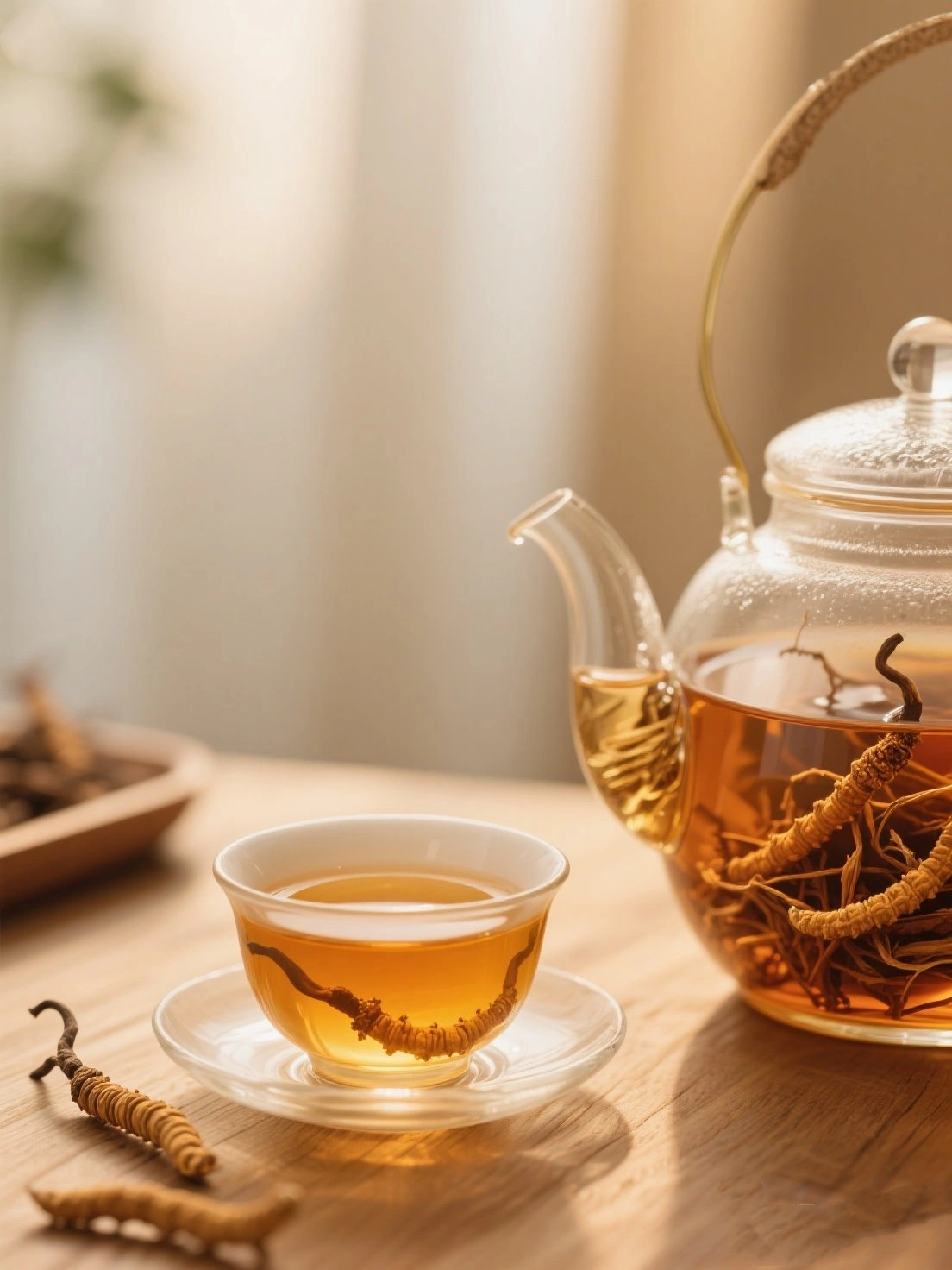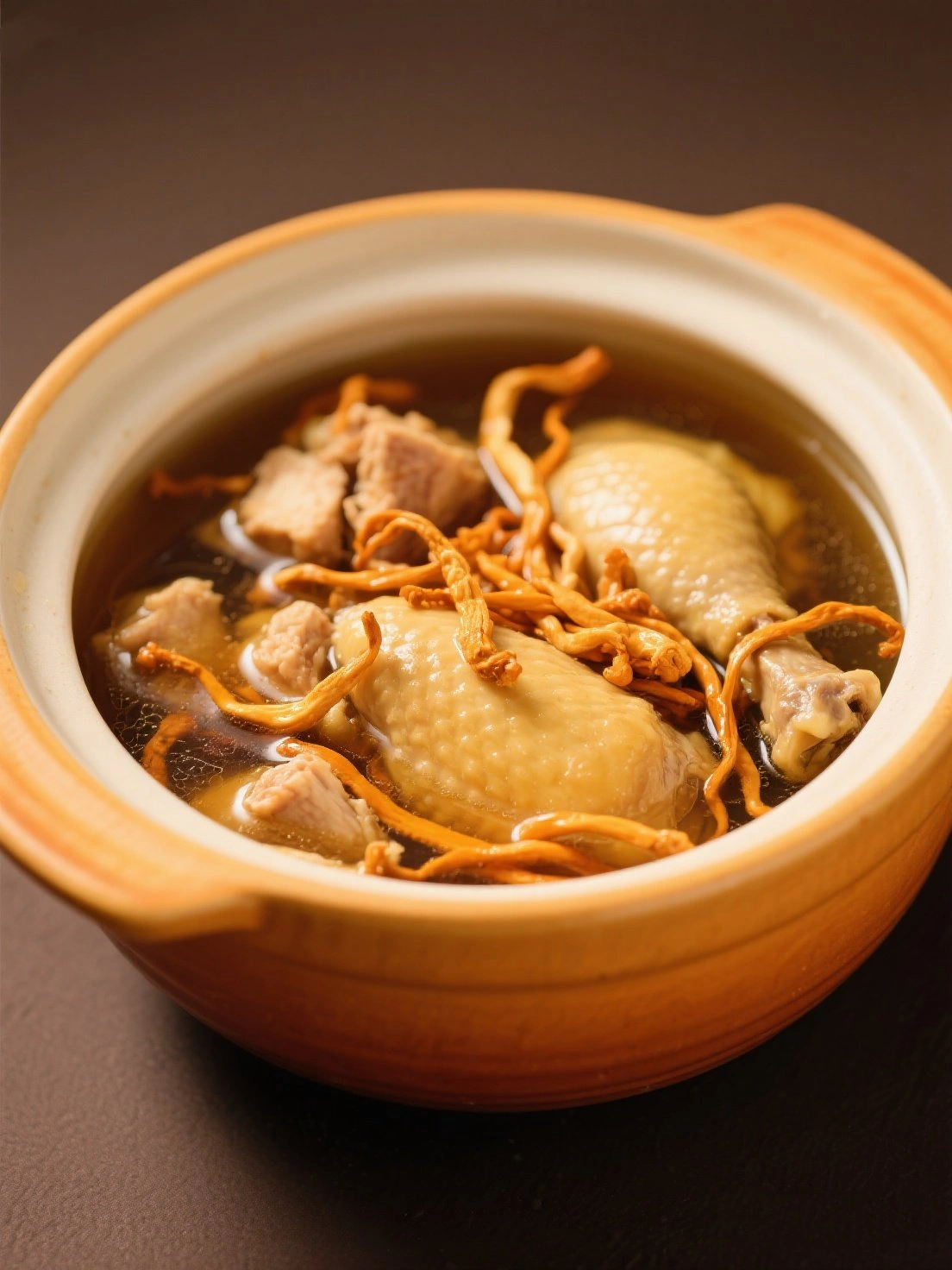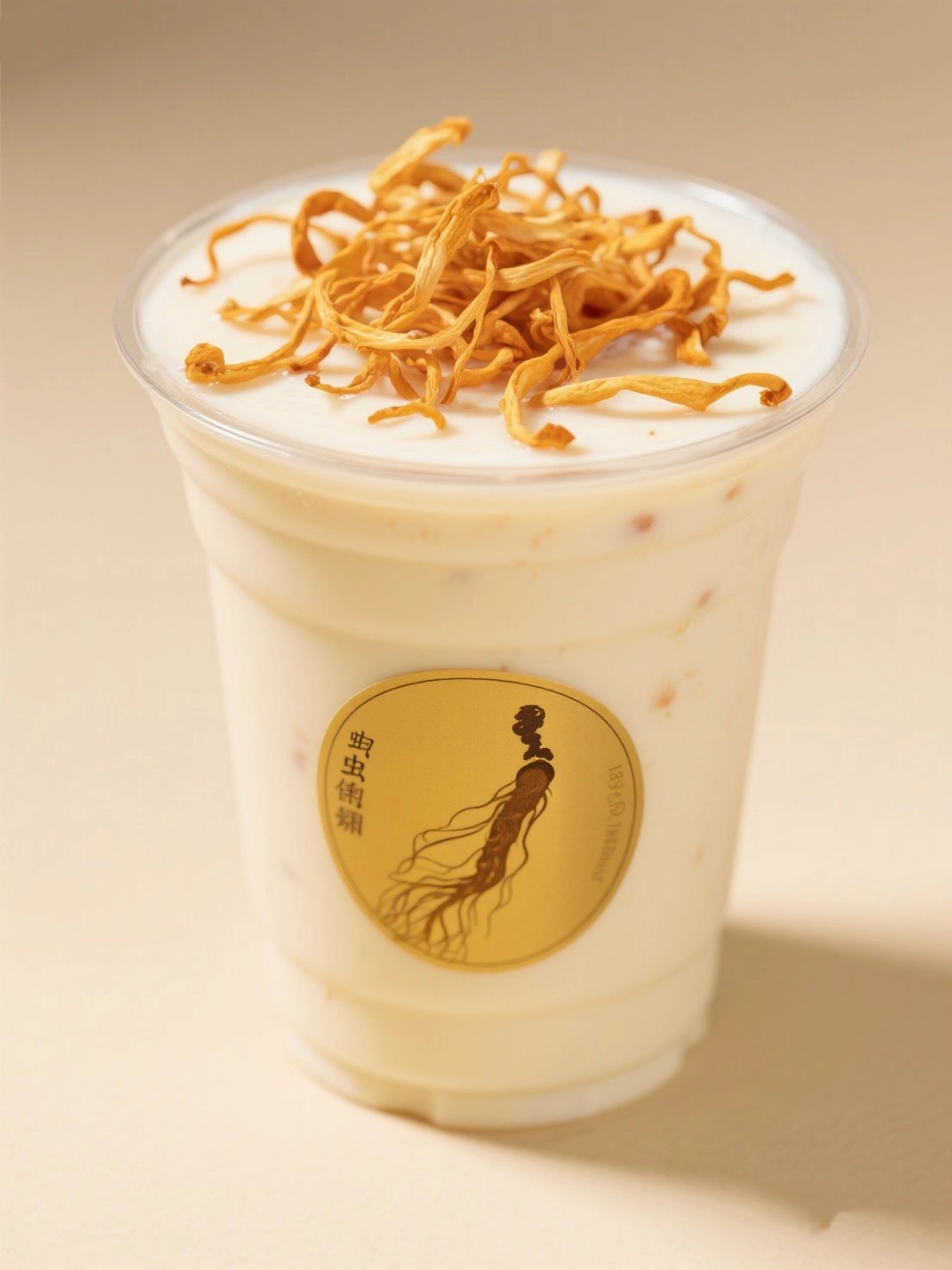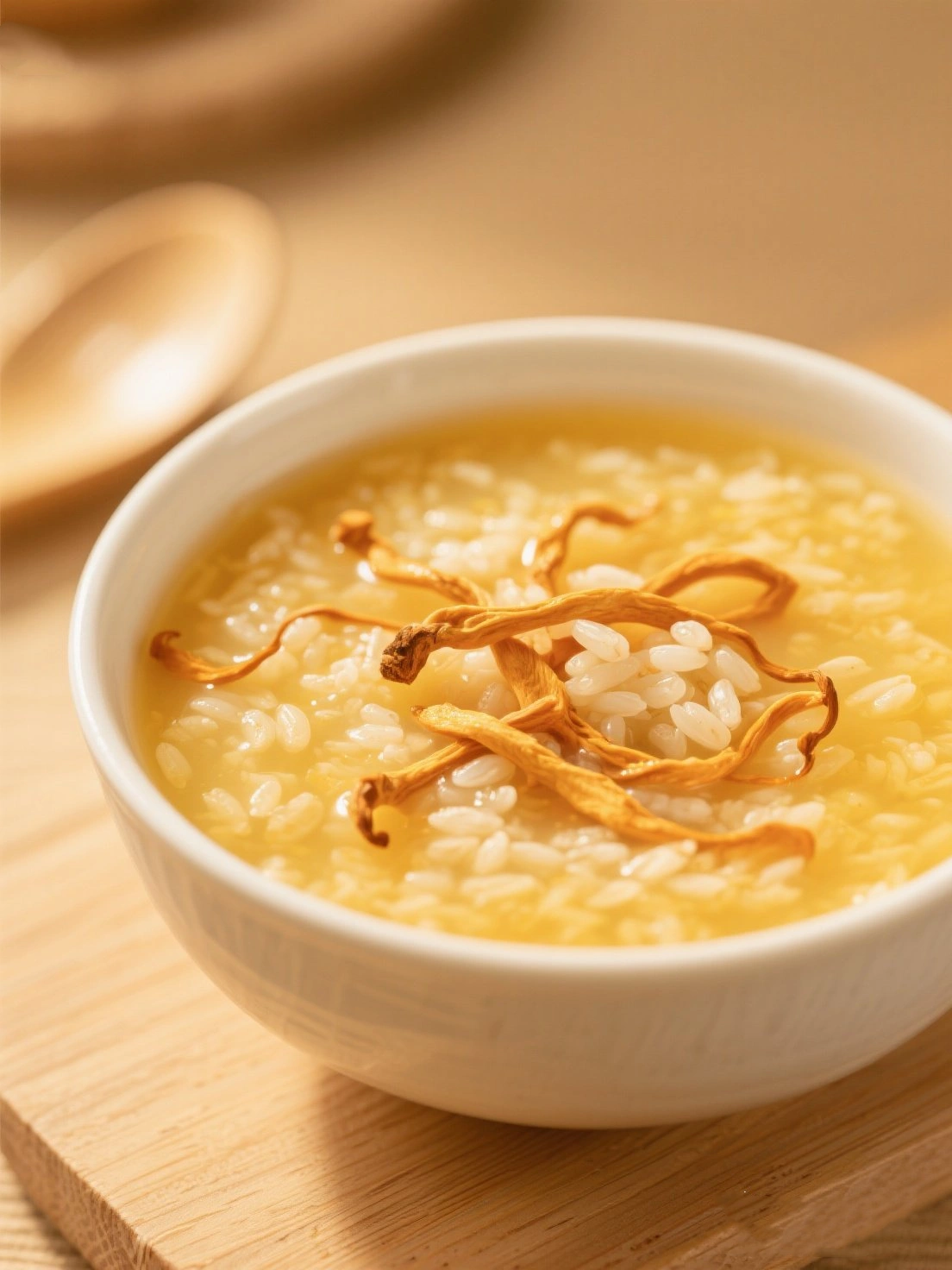Nutritional Value and Health Benefits of Cordyceps
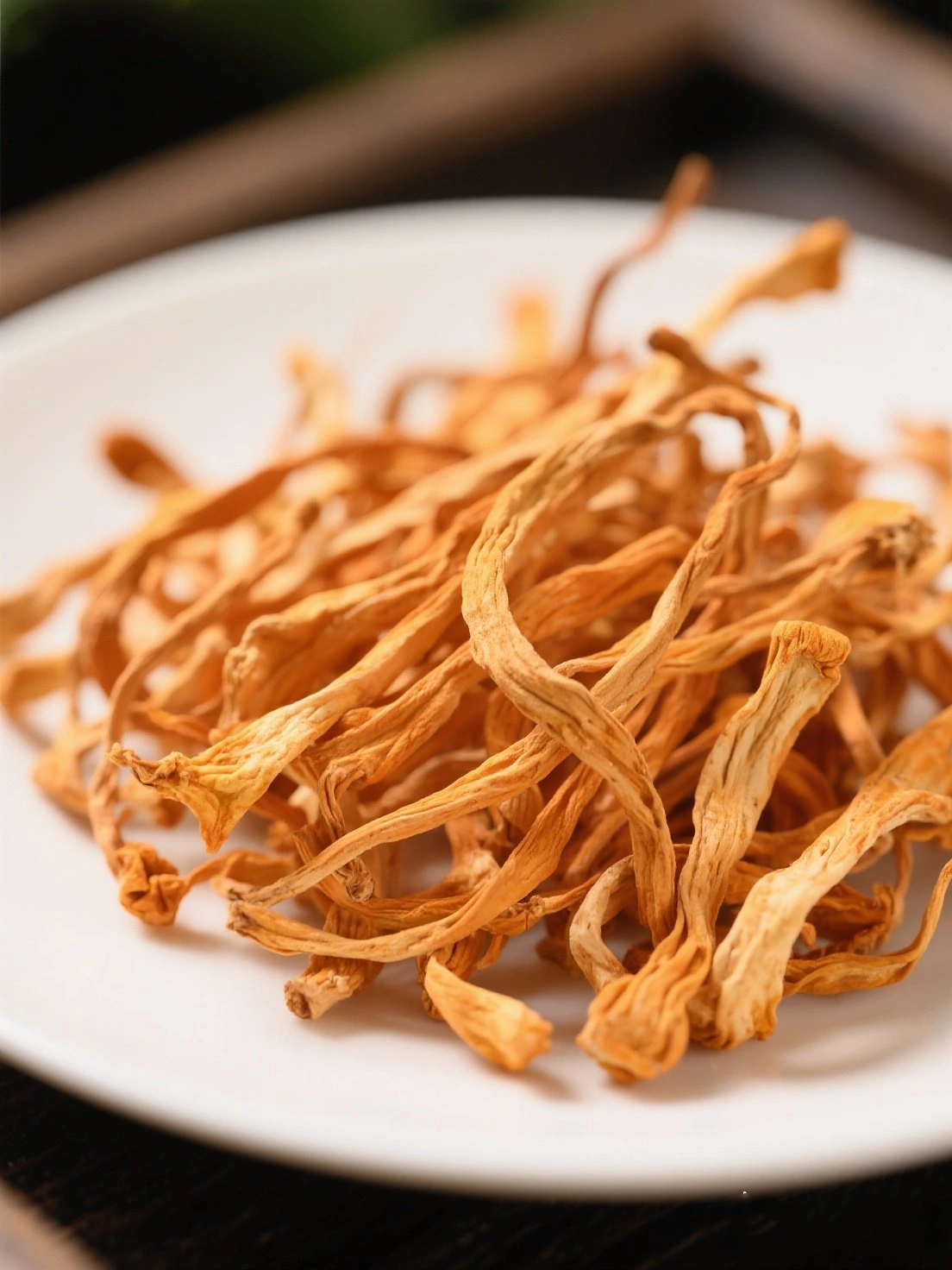
Nutritional Value (per 100g)
- Protein: 50% - rich in essential amino acids
- D-Mannitol: Helps improve blood circulation
- Polysaccharides: Immune-boosting compounds
- Vitamins: B-complex vitamins (B1, B2, B12)
- Minerals: Zinc, iron, selenium – supports immunity
Health Benefits
- ✔ Immune Enhancement: Boosts white blood cell production
- ✔ Energy & Stamina: Increases ATP production for better endurance
- ✔ Anti-Aging: Antioxidants combat free radicals
- ✔ Respiratory Support: Helps with asthma and bronchitis
- ✔ Kidney & Liver Protection: Promotes detoxification
Fun Fact: Cordyceps is often called "Himalayan Gold" due to its high value!
How to Cultivate Cordyceps
1
Choose Cultivation Method
- Natural Habitat: High altitude Himalayas, Tibet
- Laboratory-Grown: Controlled environment using insect hosts
2
Substrate Preparation
- Ingredients: Rice, silkworm pupae, or other insect base
- Steam Sterilization: Ensure clean environment
3
Inoculation
- Spore Injection: Use sterile tools to inject spores
- Incubation: Keep at 20–24°C for 3–4 weeks
4
Fruiting Stage
- Humidity: Maintain 90% humidity
- Light: Indirect light helps growth
5
Harvesting
- When: When fruiting bodies are fully formed
- Method: Gently pull from substrate
Pro Tip: Store dried cordyceps in a cool, dark place.
Summary: Choose method → Prepare substrate → Inoculate → Fruiting stage → Harvest and store!
Cordyceps Growing Guide
Learn how to cultivate cordyceps at home or in a lab setting!
Zesty Cordyceps Recipes
Explore these delicious dishes featuring cordyceps from around the world.
Click on the images for recipes that will boost your vitality!
Cordyceps Recipe Tutorials
Quickly master the art of cooking with cordyceps through these videos.
